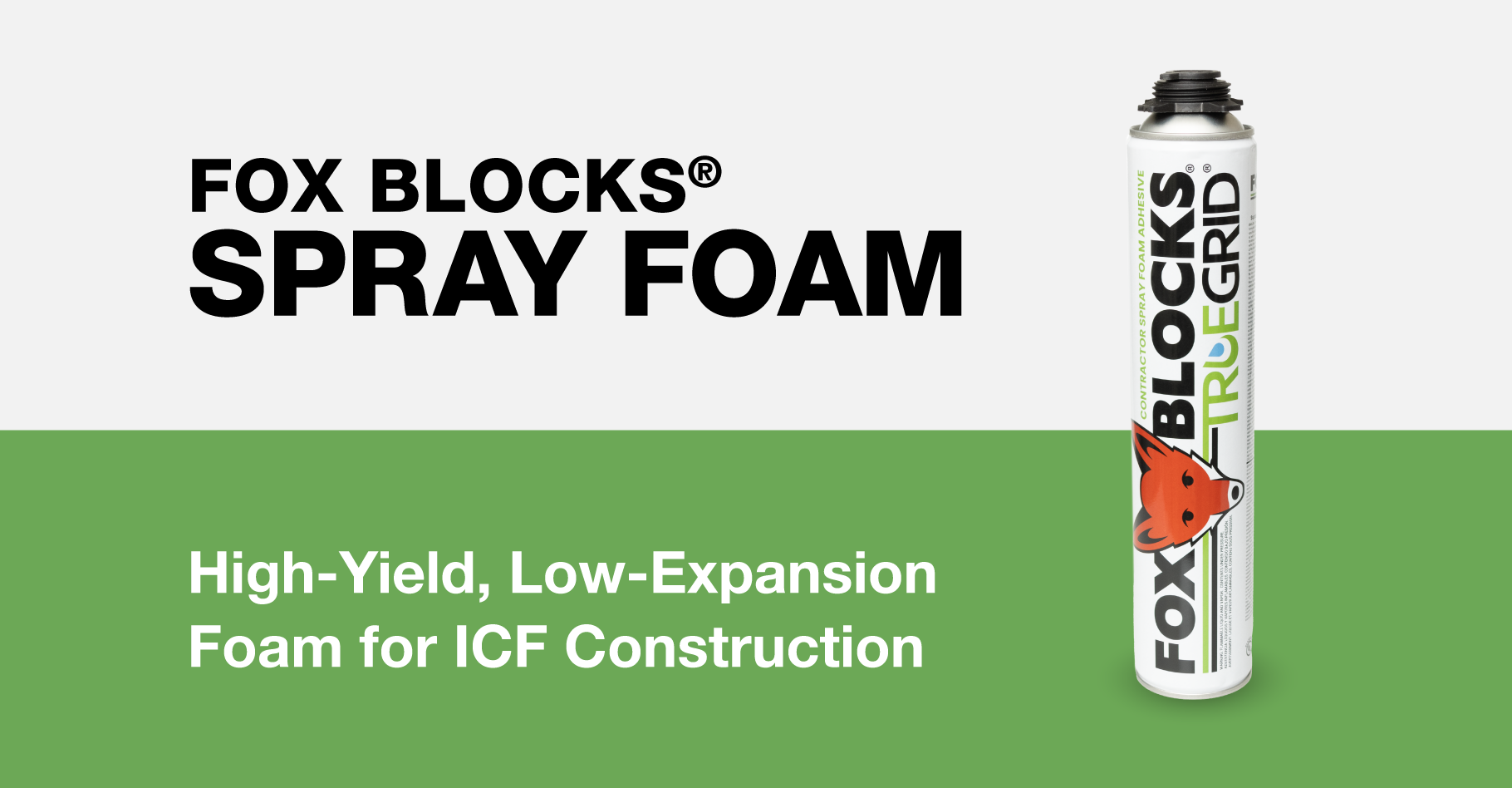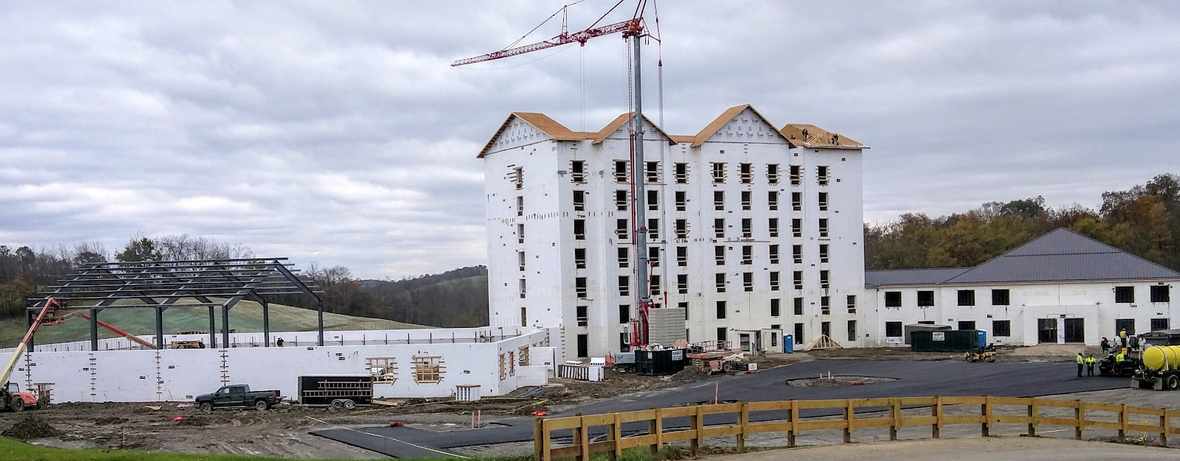
Working With an Architect: A Homeowner's Guide to Designing a New House
This guide will help you navigate through the process of hiring and working with an architect to successfully design and build the home of your dreams.
The Fox Buck - Take the Wood out of Windows and Doors
Fox Blocks’ Glen Klassen gives an overview of the Fox Buck ICF window and door buck.

SPRINGHOUSE VILLAGE SENIOR CENTER
Sound-Proof Assisted Living Center Completed On-Time Amidst Pandemic. Springhouse Village Senior Center has received high praise from residents and visitors for its welcoming design, resident safety, and peaceful atmosphere.

Fox Blocks Spray Foam
Discover Fox Blocks® Spray Foam – the only foam designed for ICF jobs. High yield, low expansion, superior adhesion. Perfect for EPS, wood & concrete. Buy now.
How do I protect the ICFs below grade?
All ICF walls below grade, that have habitable space on one side (basement), must have a waterproofing / dampproofing membrane installed. For walls that do not have habitable space on one side (crawl space, frost walls, etc.) the EPS can be left exposed to the earth. The EPS will not deteriorate when exposed to the earth.

Beach House Foundation Requirements: 4 Key Considerations for Your Home

5 Ways To Save Money On Your Next Commercial Project
ICF’s benefits are massive, ranging from cost savings to durability, high quality and easy installation. If you want to learn how to save money on your next project, keep reading.
